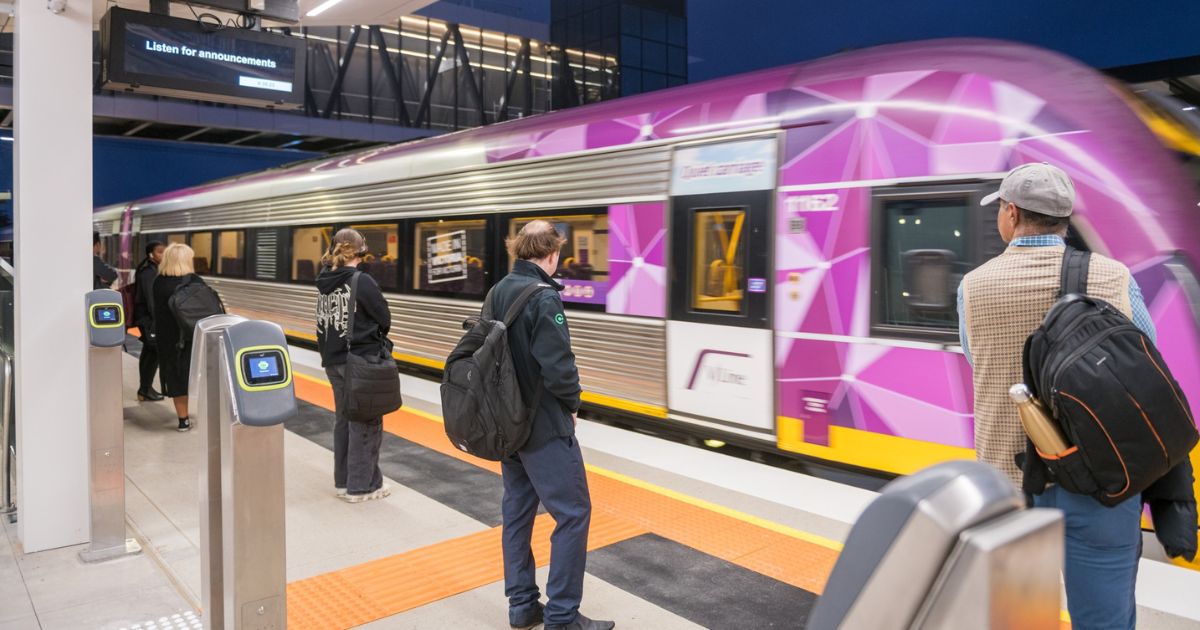Committee for Lorne – THE MEN BEHIND THE ROAD

W.T.B. McCormack (seen here) was one of the three foundation members of the Country Roads Board of Victoria.
In this, the centenary year of the commencement of construction of the Great Ocean Road, it is timely to reflect upon the men that really made the project happen.
Howard Hitchcock is known as the “Father of the Road”. There is no question that his initiative to establish the Great Ocean Road Trust of which he was the initial Chairman was pivotal in bringing sharp focus onto the need for the road. The Trust produced a persuasive basket of motives. The Road was to link the coastal settlements, increase land values (the real estate industry was soon involved), provide a communication route for land holders and the military and be a major tourism asset. Two motivations predominated. It was to be a memorial to all those Victorians who served in World War I and would give employment to returned servicemen in healthy, beautiful surroundings. Hitchcock was instrumental in raising £81,000 towards the project. In today’s currency, that’s about $8.2 million.
There were many others whose contributions to the development of the Great Ocean Road were as significant as Hitchcock’s. People like:
William Calder
William Calder (1860-1928), engineer, was born on 31 July 1860 at his father’s sheep-farm at Lovell’s Flat, Milton near Dunedin, New Zealand. Among his achievements were construction of, allegedly, the first asphalted carpet-road surface and the first refuse destructor in Australia, and the completion of a major drainage project.
By 1912 the appalling condition of Victoria’s rural roads was a major concern to both farmers and motorists. That year a Country Roads Board was set up and Calder was appointed chairman, with W.T.B McCormack and F.W. Fricke as the other members.
When the Country Roads Board (CRB) was established in 1913 there were hopes that it would build a coastal road but this was not to be as a the CRB’s role when it was created was to determine which roads should be main roads and to build and maintain these roads. In 1918 the Development Road Act was passed giving the CRB approval and money to build development roads, these were roads to link farming communities to either rail heads or to main roads. This act enabled the CRB to build a road from Deans Marsh to Lorne and from the Forrest to Apollo Bay. In 1916 the Hon.
Donald MacKinnon MLA, the chairman of the State War Council asked William Calder, the chairman of the CRB whether it would be able to employ returned ex-servicemen, when the First World War ended. On 5 December 1916, the CRB suggested eight roads that could be constructed by returned soldiers including the South Coast Road. This road would start at Barwon
Heads then follow the coast westerly through Torquay, Anglesea, Aireys Inlet, Lorne, Apollo Bay, Cape Otway, Glen Aire (now Glenaire), Princetown, Port Campbell and Peterborough finishing at Nirranda where it would connect to the main road to Warrnambool.
As this road was neither a main road nor a development road, it could not be financed by the CRB. The mayor of Geelong (Councillor Howard Hitchcock) with other civic minded citizens set up the Great Ocean Road Trust, which held its first meeting at Colac, on 22 March 1918. The purpose of the Trust was to raise funds to build the 100 miles (161 km) of road necessary to link the various development roads to give a coastal road from Barwon Heads to Warrnambool, at total length of 172 miles (277 km). The road would be entitled The Great Ocean Road and would be a ‘worthy Memorial to all Victorian Soldiers, and a National Asset for Victoria’.
W.T.B. McCormack
William Thomas Bartholomew McCormack (1879-1938), civil engineer and public servant, was born on 1 January 1879 at Heathcote, Victoria. In March 1913 McCormack was appointed one of the three foundation members of the Country Roads Board of Victoria. A lieutenant in the Australian Intelligence Corps in 1911-14, McCormack enlisted in the Australian Imperial Force in January 1916 and in June embarked as major commanding the 10th Field Company, Engineers.
Returning to Australia in April 1919, McCormack resumed his work with the Country Roads Board, taking charge of the construction, initially by returned soldiers, of the Great Ocean Road which reached Eastern View in 1922 and, eventually, Apollo Bay in 1932.
The Great Ocean Road was completed in 1932 as a memorial to those who served in World War One and the arch was first erected in 1939 as a memorial to McCormack, honorary engineer to the Great Ocean Road Trust.
C.R. Herschell
Charles Richard Herschell was born at Bendigo in 1878. Died at South Yarra on 25th May 1962. He was an Australian and British documentary film pioneer. In 1912, he founded Herschells Pty.Ltd., documentary film producers, of which firm he remained chairman of directors until 1949.
The Great Ocean Road project was exceptionally well documented in photographs because of the close involvement of Charles Herschell as Managing Director and later Chairman of the Trust. He was an early film pioneer and the founder of Rose postcards which carried many scenic views of the Road. It is distressing to record that the photographic records were destroyed during World War II because space was needed in Herschell’s offices for the large number of war newsreels. When
you drive the road, it’s worth stopping at the plaque at Cinema Point on Big Hill, so named because Herschell’s film crews used this location to film road construction.
Because of the efforts of these men and the 3,000 returned servicemen who actually built the road, the Great Ocean Road has fulfilled a dream to link up the seaside settlements, open up the coast for development and provide the motoring public with ‘one of the most beautiful ocean drives in the world’.
Peter Spring
Lorne Historical Society

















